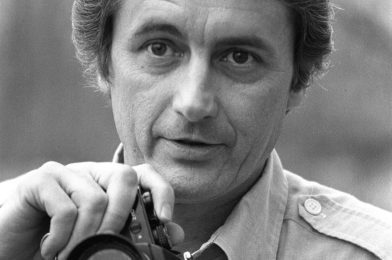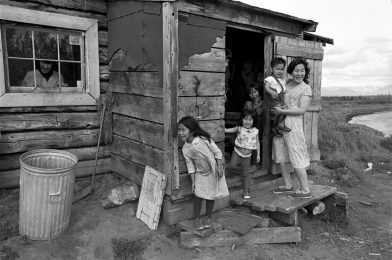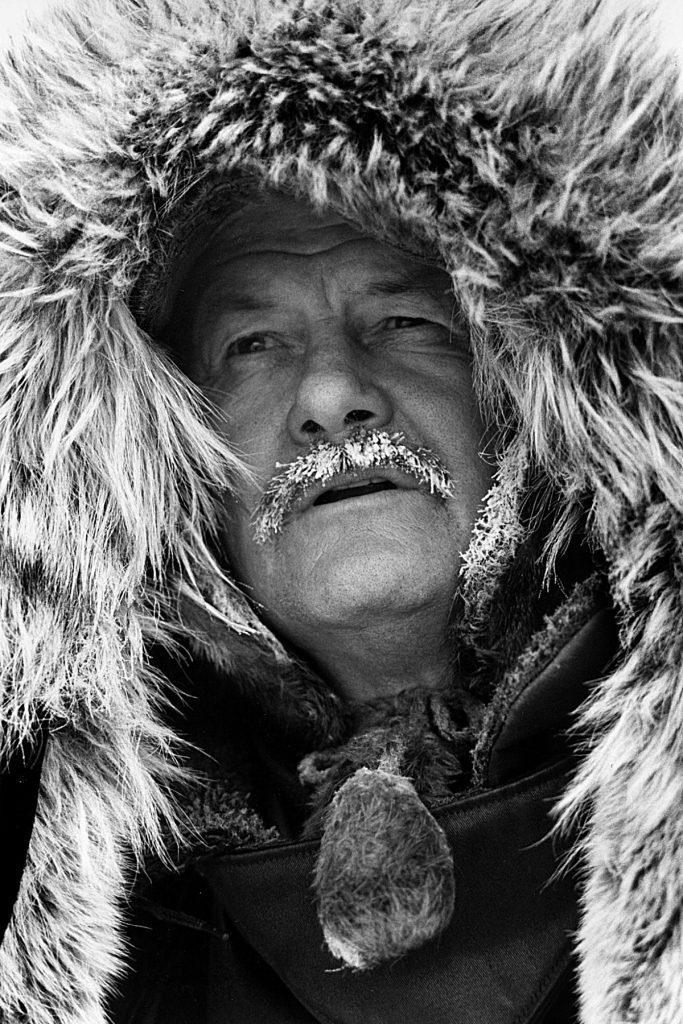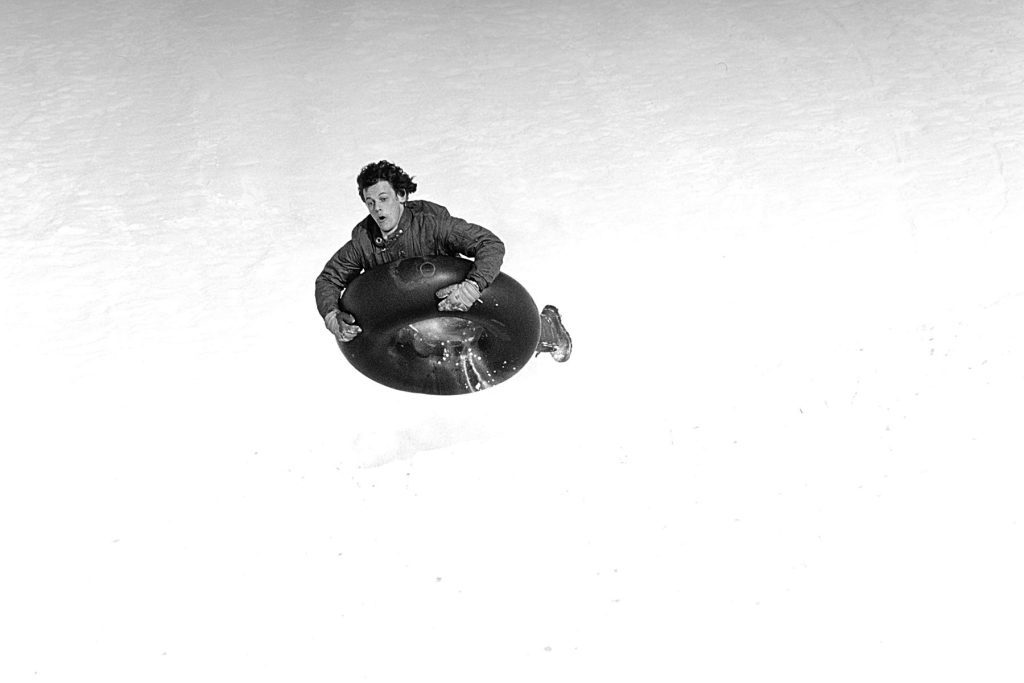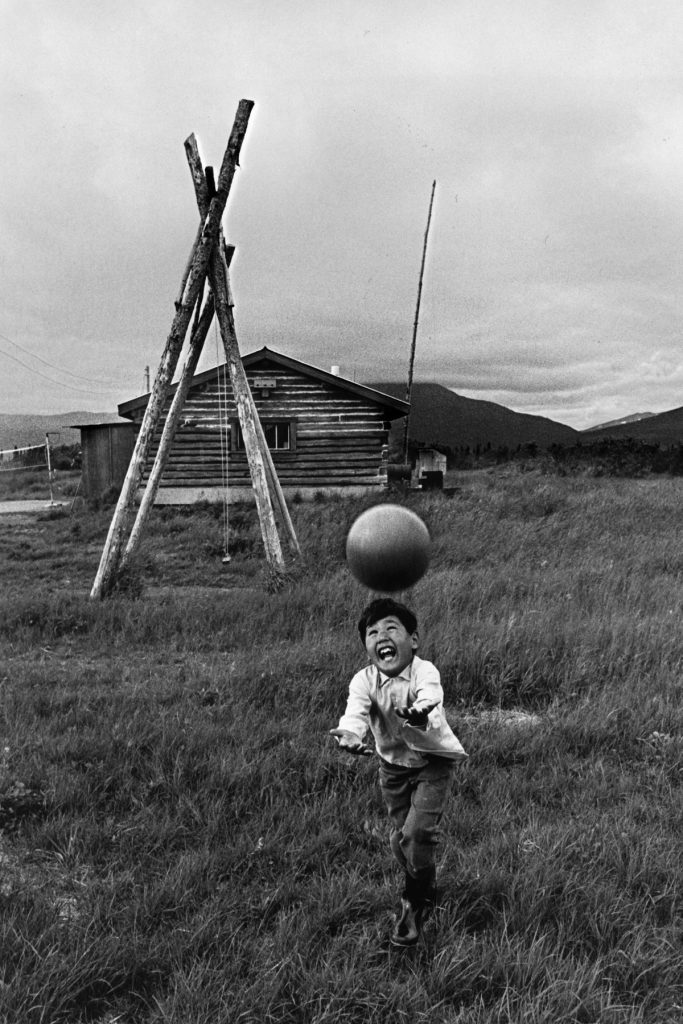Don Rutledge (photo by Ken Touchton)
CONCLUSION
To a non-Christian, Don would have been considered crazy for taking the positions with Southern Baptist. Going to the Home Mission Board was a step down in pay and prestige for Don Rutledge. Why would someone leave a superposition to drastically cut salary and work with people who generally did not understand photojournalism? Why would Don repeat the cut in pay and prestige and leave the Home Mission Board to go to the Foreign Mission Board? The answers to these questions only come from one source, and that source is God.
Don turned down positions with Life magazine, Associated Press, and many others. The Associated Press job would allow Don to travel the country doing any feature story he wanted. The AP job also would require him to go with the President of the United States on any overseas coverages. Don turned down what most would not have thought twice about taking as jobs.[54]
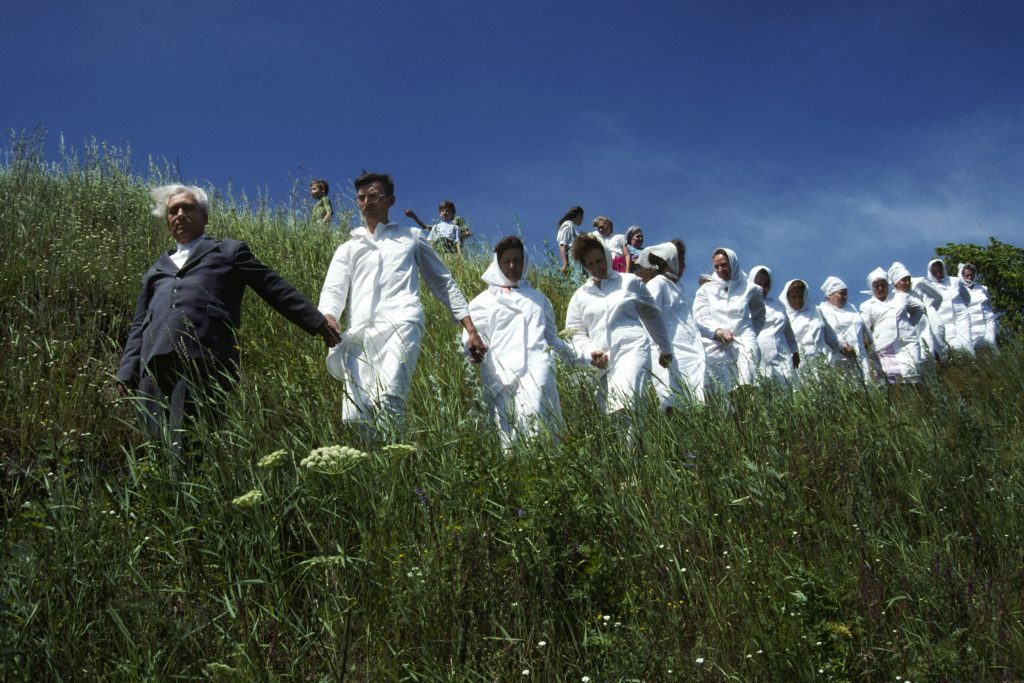
Don did not follow the average direction that most Americans seek. He did not climb the ladder as most would. In our culture, we are trained to continue to go up vertically. We move through our school years doing this, and most continue to do the same in the corporate ladder climb. However, Don learned to follow his Lord——Jesus. Whenever Don decided, there was no brass ring to grab. In hindsight, Don’s life is a testimony to how the Lord cares for his children.
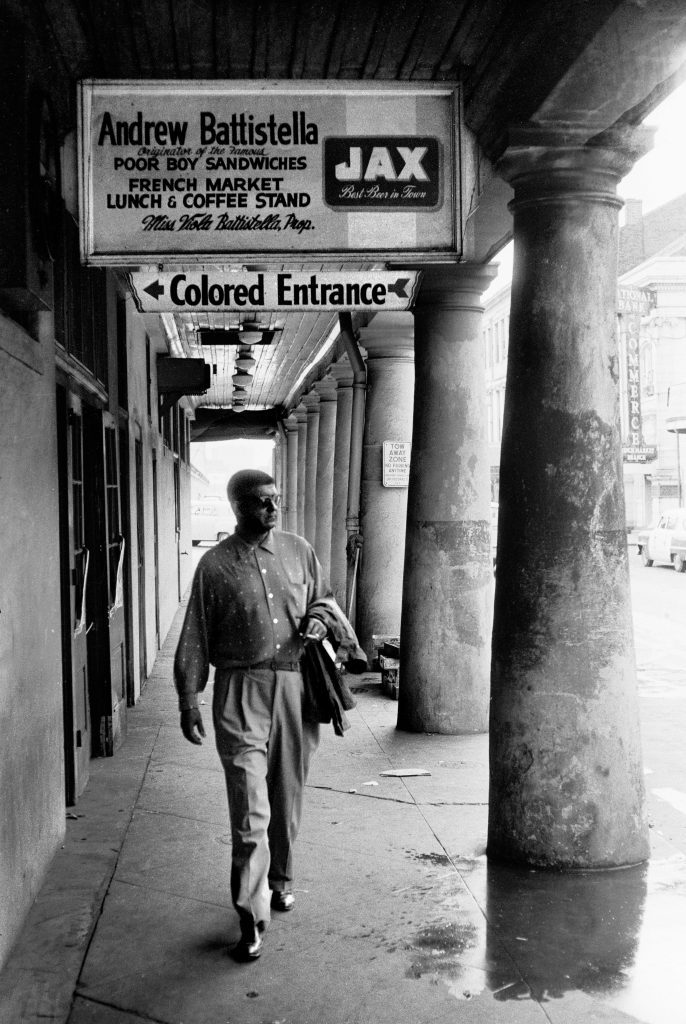
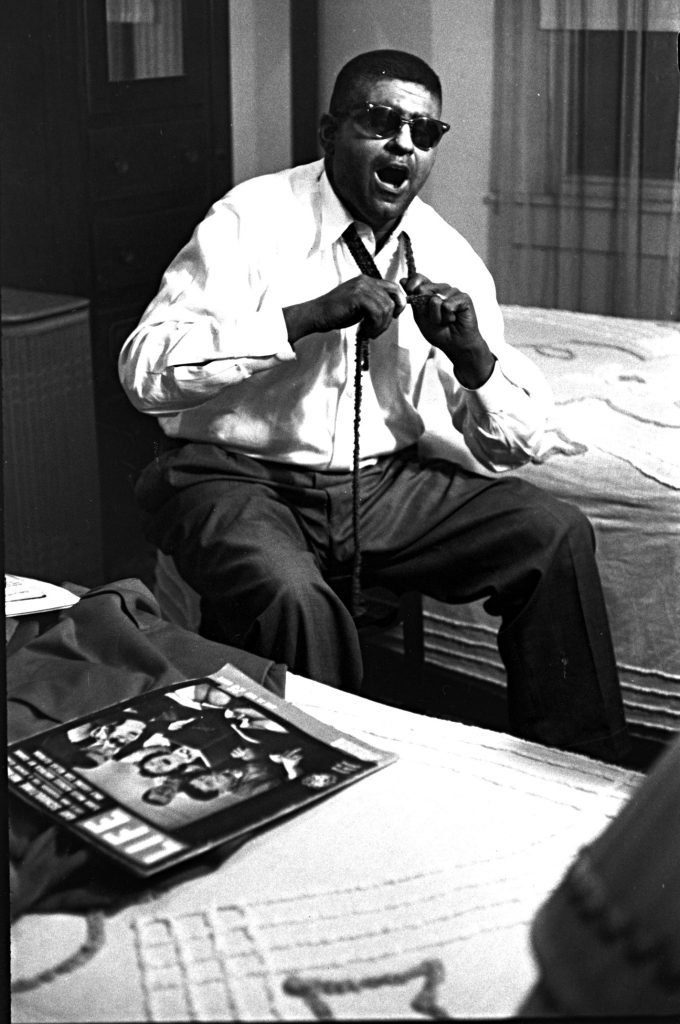
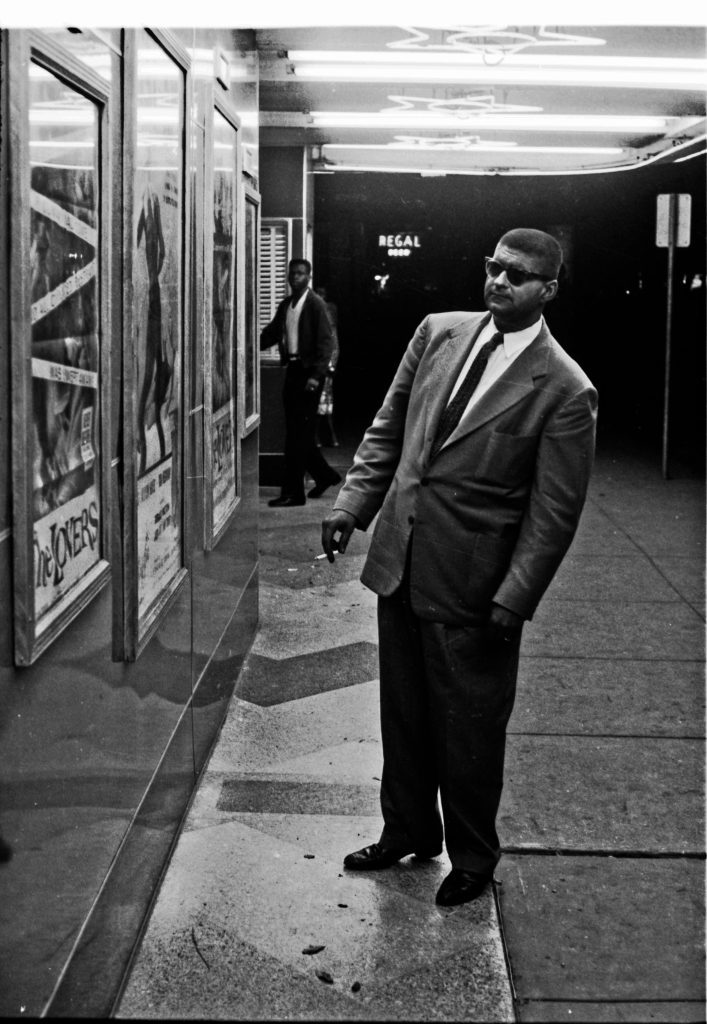
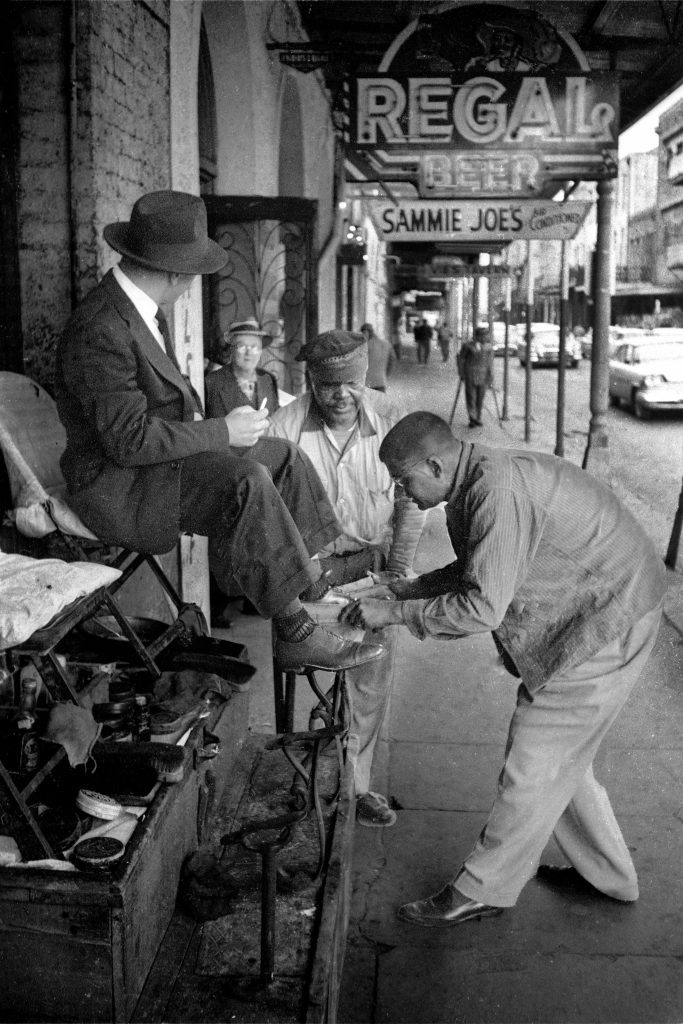
Don’s life has been a testimony to other photographers who are not Christian. He is often asked to speak at conferences for the National Press Photographers, Atlanta Press Photographers, and The Southern Short Course and also speaks for numerous camera clubs around the country.
This writer concludes that Don has exemplified better than most that following your Lord does not mean giving yourself to a lesser life. Those who earlier criticized Don for leaving Black Star to work with Southern Baptist have repeatedly called him asking if there are any openings for them to serve.[55]
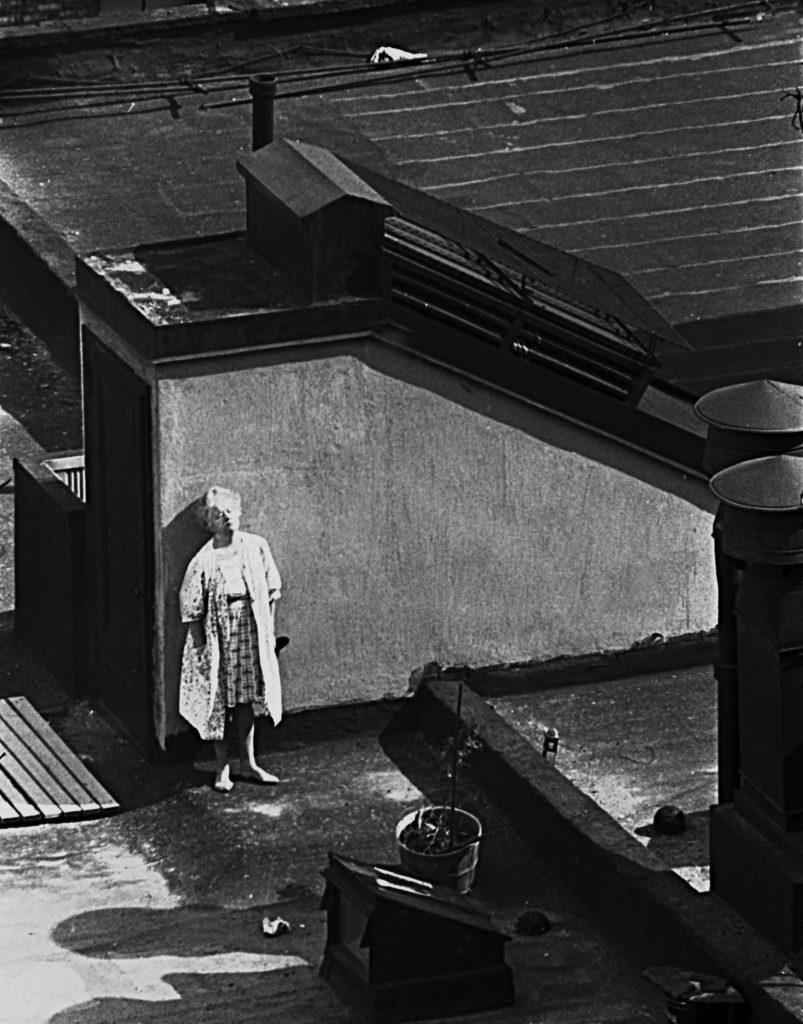
Those who want to follow in Don’s footsteps need to be warned that the road that Don has paved still has potholes and other problems that will require one to proceed cautiously. They must realize Don focused on relationships with all those around him. They must build strong relationships.
While working with Don at the Foreign Mission Board, this writer observed how the administrative assistants and those working in the file area of photography often teased Don. After one trip, Don’s office was wholly rolled with toilet paper. Another time, one of the girls in the office had everyone dress like Don. Don always wore the same style of shirt, making teasing him easy. Another time, Don came back to discover his desk stacked with mail. Virginia Adams, administrative assistant in the communications department, made labels with Don’s name and address. Virginia asked everyone to bring in all their junk mail. She then put the labels on all that mail.
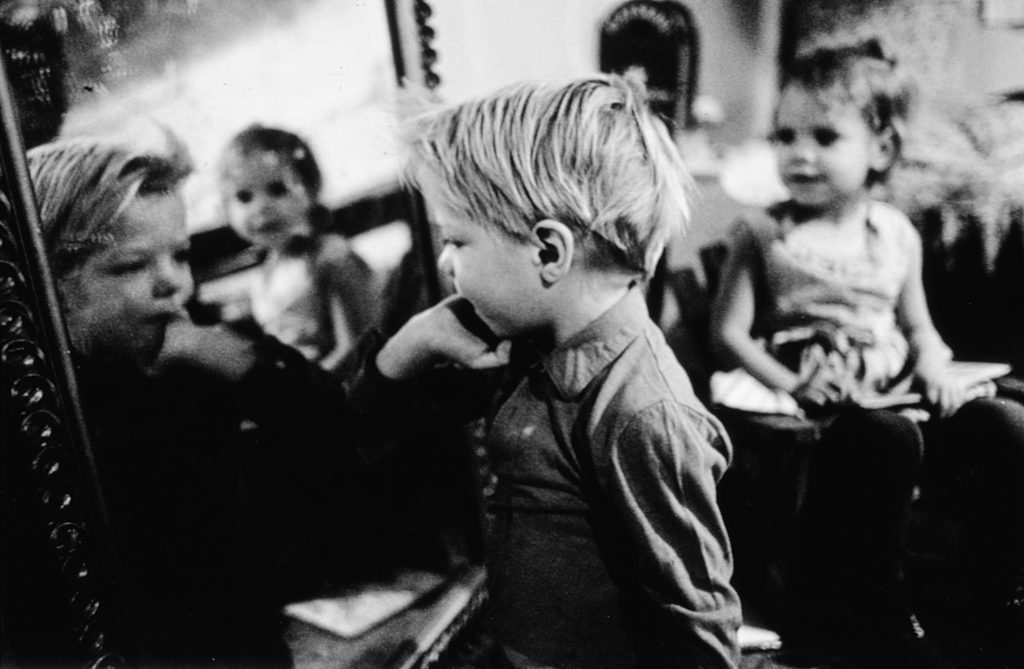
One does not build this relationship by looking out for themselves alone. Don was not around much at the Foreign Mission Board, but he knew how to put all at ease around him. He was well known for the stories that he told. Don always had a story to tell and keep people laughing.
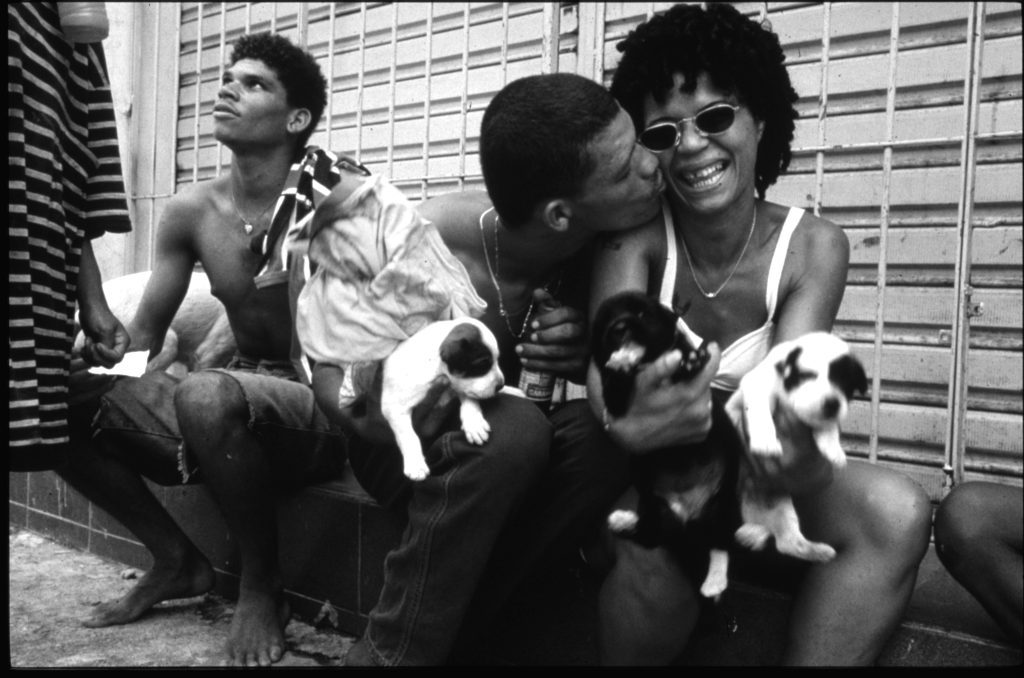
Don’s ability with people is strongly related to his relationship with Christ. No matter how good one is with the camera or words, one must understand that Don’s success is due to the diligence and patience given to him by Jesus Christ. You will never hear Don preaching or grabbing shirt collars to witness. Due to Don’s life, many have seen Christ’s compassion for the world. Looking at Don’s photographs allows one to see the world from a Christian perspective. One does not have to work with a Christian institution to do what Don does well. One only needs a Lord they call their master to understand how he does it all——his Lord enables him.
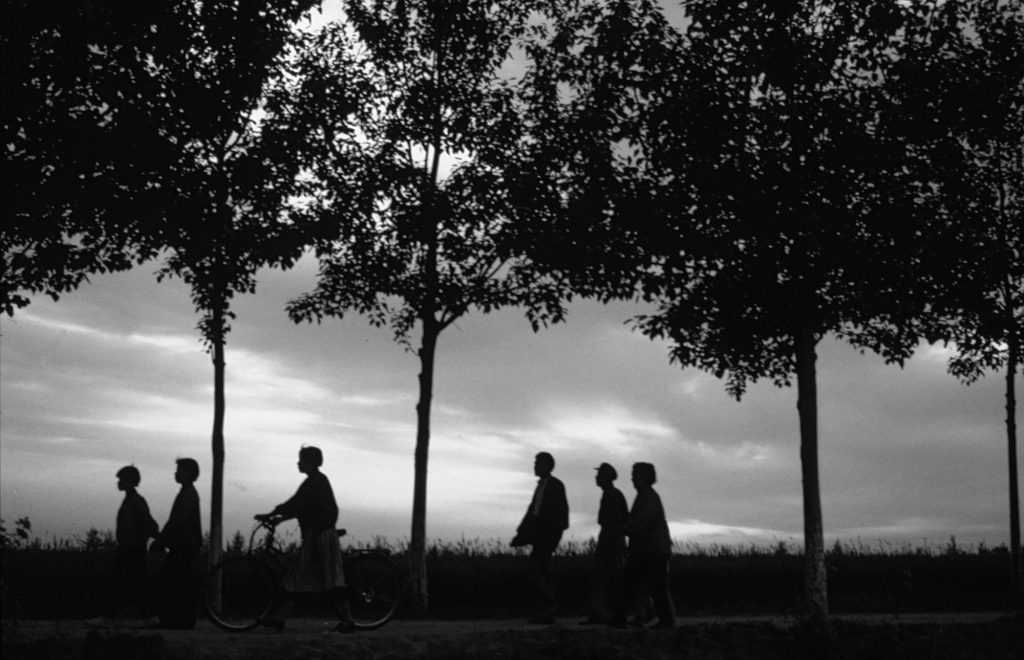
[54] Interview with Rutledge.
[55] Rutledge.

